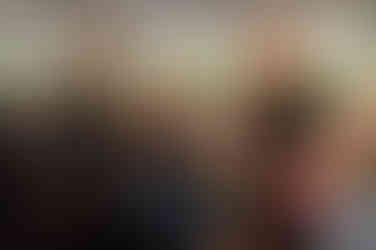Depth of field and bokeh are two related but distinct concepts in photography. Depth of field refers to the range of distances from the camera that are acceptably sharp in an image. Bokeh refers to the quality and appearance of the out-of-focus areas in an image, especially the shapes and colors of light sources.

Depth of field depends on several factors, such as the aperture, focal length, distance to the subject, and sensor size of the camera. A smaller aperture (higher f-number), a shorter focal length, a greater distance to the subject, and a smaller sensor size will all increase the depth of field, meaning more of the scene will be in focus. Conversely, a larger aperture (lower f-number), a longer focal length, a closer distance to the subject, and a larger sensor size will all decrease the depth of field, meaning less of the scene will be in focus.
Bokeh depends on the characteristics of the lens, such as the number, shape, and size of the aperture blades, the optical design and quality of the lens elements, and the presence and correction of aberrations. A lens with more and rounded aperture blades will produce smoother and more circular bokeh than a lens with fewer and straighter aperture blades. A lens with a high-quality optical design and low aberrations will produce more pleasing and natural bokeh than a lens with a poor optical design and high aberrations.

Depth of field and bokeh are often used together to create artistic effects in photography. By using a narrow depth of field (low f-stop number), the photographer can isolate the subject from the background and foreground, making it stand out and draw attention. By using a lens with good bokeh, the photographer can enhance the aesthetic appeal of the image by creating smooth and beautiful out-of-focus areas that complement the subject.









Comments